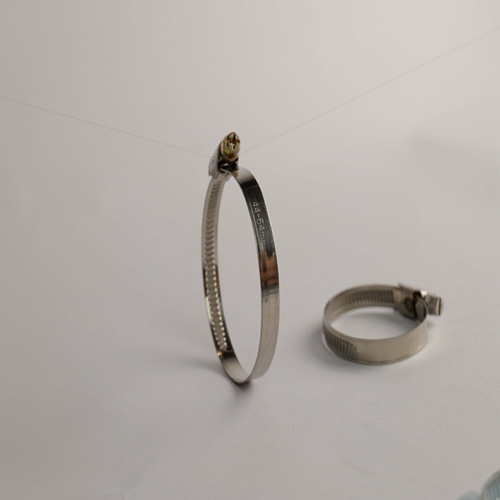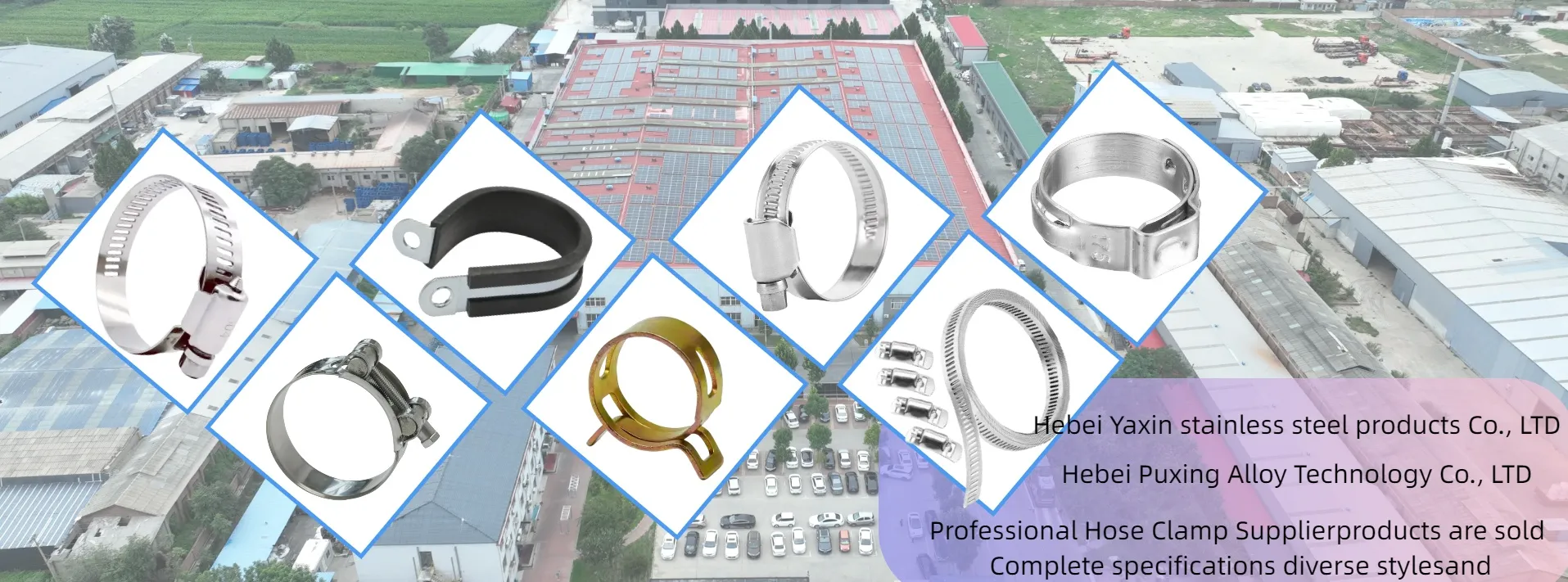- Phone:+86-17331948172 +86-0319-8862898
- E-mail: inquiry@puxingclamp.com
Nov . 23, 2024 13:26 Back to list
1 inch hose clamp
Understanding 1-Inch Hose Clamps A Comprehensive Guide
Hose clamps are essential tools used across various industries and everyday applications to secure hoses onto fittings, preventing leaks and providing stability in fluid transfer systems. Among the various sizes available, the 1-inch hose clamp is particularly versatile and widely utilized. This article explores the key features, applications, types, and maintenance tips regarding 1-inch hose clamps.
What is a Hose Clamp?
A hose clamp is a circular strip made of metal or plastic with a mechanism to tighten around the hose. This tightening action ensures that the hose remains securely fastened to a fitting, which is crucial in preventing fluid leakage. Hose clamps can be found in automotive, plumbing, marine, and agricultural applications, among others.
Features of 1-Inch Hose Clamps
The 1-inch hose clamp is designed to accommodate hoses with an outer diameter of approximately one inch. Typically made from materials such as stainless steel, galvanized steel, or plastic, these clamps provide varying levels of corrosion resistance and tensile strength.
1-inch hose clamps usually come with a screw mechanism that allows for easy adjustment. This feature is essential for accommodating different hose thicknesses and ensuring a snug fit. Many clamps also feature a rounded edge to prevent damage to the hose, reducing wear and tear over time.
Applications of 1-Inch Hose Clamps
1-inch hose clamps have a multitude of applications, largely owing to their versatility. Here are some common uses
1. Automotive In vehicles, 1-inch hose clamps are often used to secure hoses in coolant systems, fuel lines, and air intake systems. Their reliability is crucial, as they help prevent potential fluid leaks that could lead to engine overheating or fuel inefficiencies.
2. Plumbing In plumbing applications, these clamps are employed to attach flexible hoses to fixtures and pumps, ensuring a tight seal and reducing the risk of water damage.
3. Agriculture In farming, 1-inch hose clamps are used in irrigation systems and in securing hoses for spraying equipment, making them essential for efficient water distribution.
4. Marine Boats and other marine vehicles frequently use these clamps to secure hoses involved in fuel systems, drain systems, and pumping applications. The clamp's resistance to corrosion is vital in saline environments.
1 inch hose clamp

Types of 1-Inch Hose Clamps
There are several types of 1-inch hose clamps, each designed for specific applications
1. Screw-Type Clamps The most common type, featuring a screw mechanism that tightens around the hose. They are simple to use and provide a reliable seal. 2. Spring Clamps These clamps use a spring mechanism to hold the hose in place. They are often used in situations where the hose may experience fluctuations in temperature or pressure.
3. T-Bolt Clamps Designed for heavy-duty applications, T-bolt clamps provide a more robust fastening solution. They are particularly useful for larger hoses that require a strong seal under high-pressure conditions.
Maintenance and Tips
To ensure optimal performance and longevity of 1-inch hose clamps, consider the following maintenance tips
1. Regular Inspection Periodically check hose clamps for signs of wear, corrosion, or loosening. Address any issues promptly to prevent leaks.
2. Proper Installation Ensure that the clamp is installed correctly and tightened sufficiently. Avoid overtightening, as it can damage the hose.
3. Material Selection Choose the appropriate material for your application. Stainless steel is ideal for corrosion resistance, while galvanized steel may be suitable for less demanding environments.
4. Replacement When clamps show signs of damage or wear, replace them promptly to maintain a secure seal and prevent leaks.
Conclusion
Understanding the role of 1-inch hose clamps is crucial for anyone working with fluids in various applications. Their versatility, strength, and ease of use make them indispensable tools in many fields. By selecting the right type and maintaining them properly, users can ensure efficient and leak-free operations in their fluid transfer systems.
-
Large Stainless Steel Adjustable American Type Hose Clamp - Hebei Pux Alloy Technology Co., Ltd|Corrosion Resistance&Adjustable Design
NewsAug.16,2025
-
Large Stainless Steel Adjustable American Type Hose Clamp - Hebei Pux Alloy Technology Co., Ltd
NewsAug.16,2025
-
Large Stainless Steel Adjustable American Type Hose Clamp-Hebei Pux Alloy Technology Co., Ltd|Corrosion-Resistant&Adjustable Design
NewsAug.16,2025
-
High Quality Stainless Steel Strip Roll | 301 & 316 Precision
NewsAug.16,2025
-
Large Stainless Steel Adjustable American Type Hose Clamp - Hebei Pux Alloy Technology Co., Ltd
NewsAug.15,2025
-
Large Stainless Steel Adjustable American Type Hose Clamp-Hebei Pux Alloy|Durable Stainless Steel Construction&Adjustable Design
NewsAug.15,2025




